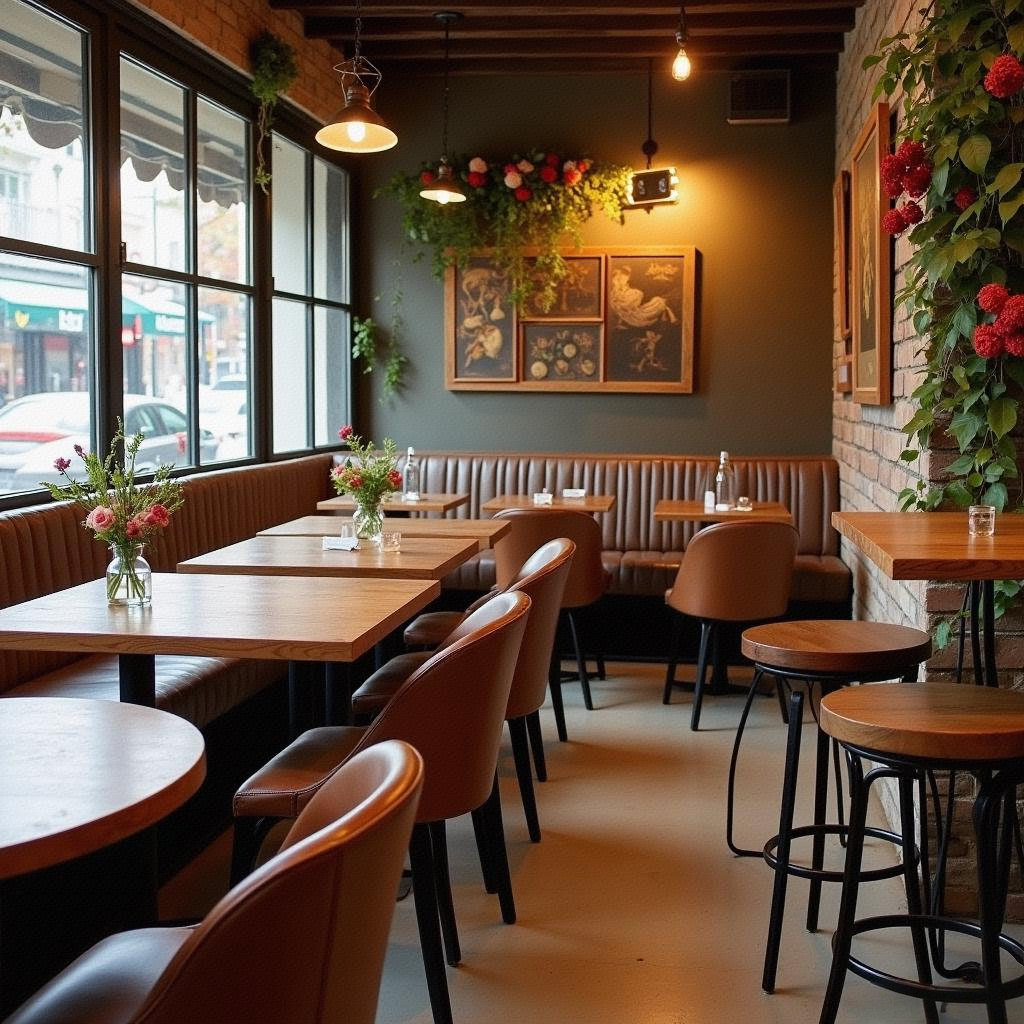购买员工餐桌和椅子时,桌子和椅子的材料是多种材料通过一系列技术处理制成的,材料是桌椅的物质基础。因此,除了功能、美学和工艺的基本要求外,桌椅的设计与材料密切相关。为此,需要要求设计师执行以下操作:

1. ප්රභේදය, හැකියාව, ප්රදානය සහ ප්රභේද පිරිපානය පිළිගත් අතර;
2. පවත්නා අමුද්රව්ය අනුව ප්රතිලාඛ්ය නිර්මාණය කරන්න සහ ඒවා ප්රමාණවත් ලෙස භාවිතා කරන්න;
3. 善用各种新材料,提高产品品质及增加产品的美观度,除了常用的木材、金属、塑胶之外,还有藤条、竹子、玻璃、橡胶、布料、装饰板、皮革、海绵、FRP等等,但并不是所有的材料都可以用于家具的制作。
2019年最新的餐厅卡片座位沙发款式是什么?
咖啡西餐厅、茶馆、桌椅采购员工餐厅餐桌椅 - 桌椅材料的应用也具有一定的选择性,这主要应考虑以下因素:
1. 加工技术:材料加工技术直接影响家具的生产,木材在加工过程中要考虑含水率的影响,如收缩、各向异性开裂和孔隙等;塑料要考虑其塑性、热塑性变形等;玻璃要考虑其热脆性、硬度等。
2. Textures and appearance quality: The texture and appearance quality of the material determine the special feeling of the appearance quality of the product. Wood is a natural material with natural and beautiful texture, vivid image, good hand feeling, easy to process and color, and is the superior material for producing furniture. Plastics and their synthetic materials have the characteristics of simulating the texture of various natural materials, and have good coloring properties, but they are prone to aging and are susceptible to thermal deformation. With this, furniture is produced, and its service life and scope of use are limited.
3. 经济学:家具材料的经济学包括材料的价格、材料的加工劳动消耗、材料的利用率和材料来源的丰富性。
4. බලය: බලය පිළිබඳව, පැටවීමේ බලය සහ නිර්දේශක තරංග සහ ඉලෙක්ට්රොනික මූලද්රව්යය වල විභවය සැලකිය යුතුය.
5.表面装饰性能:在正常情况下,表面装饰性能是指涂装、胶粘、雕刻、着色、熨烫、熨烫等的可行性。

